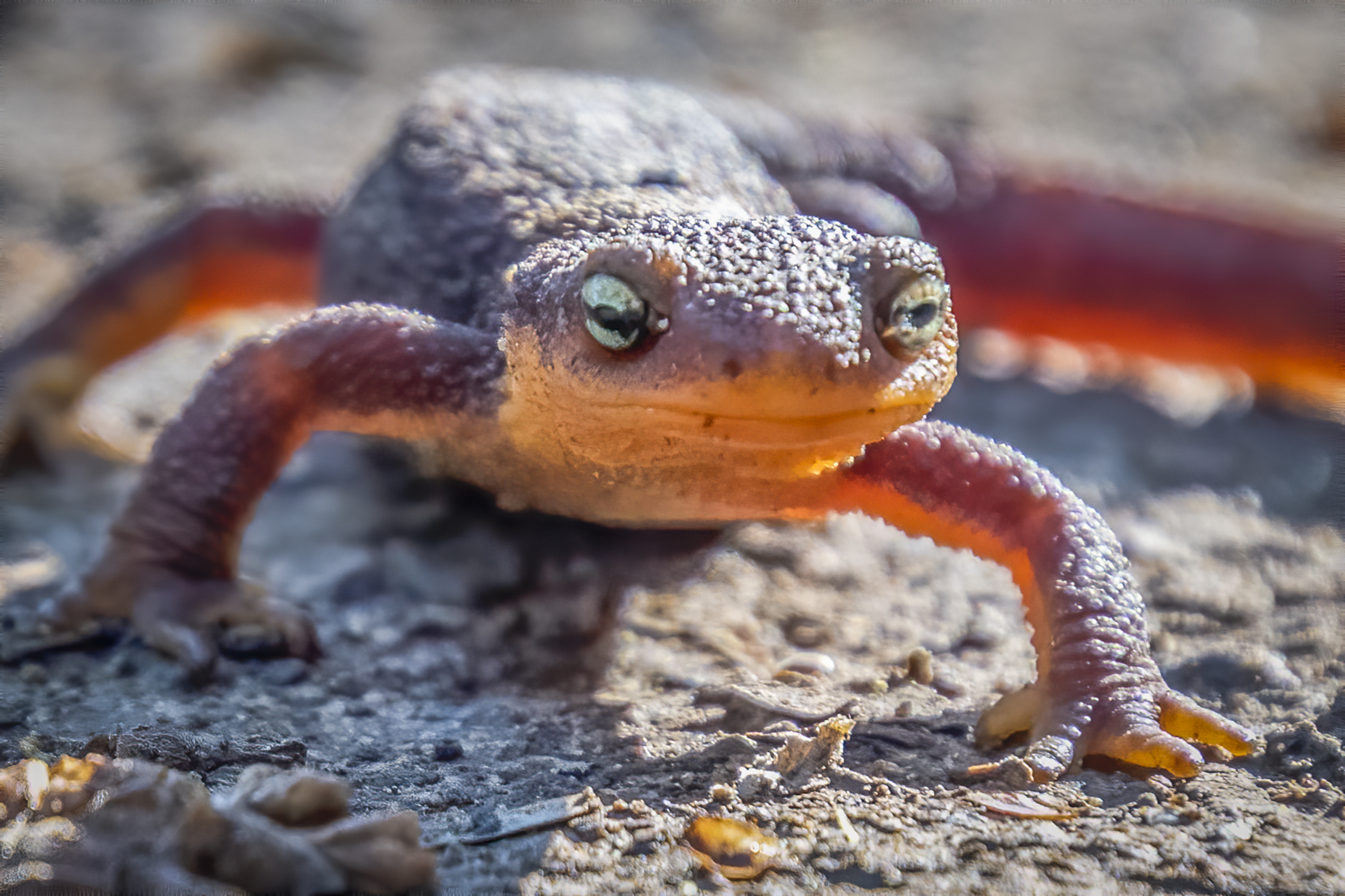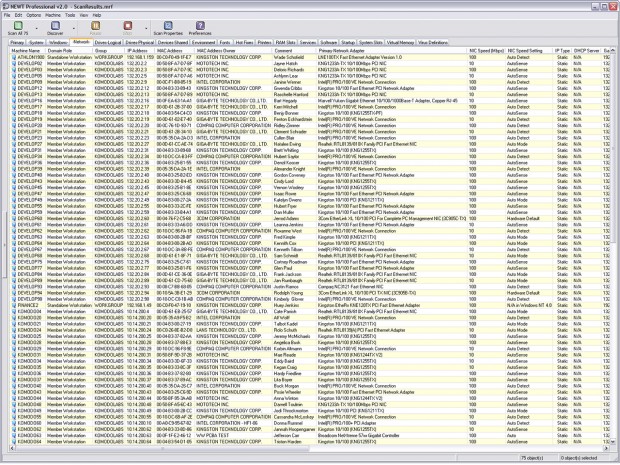

a completed licence application reference form (if applicable).

full details of your project – covering what and who will be involved, and where and when.your name, address and telephone number.To apply for a licence for scientific, research or educational work, or for conservation purposes, email us at the same address with: provide us with two references specific to this activity using our licence application reference form. be licenced for it by Natural England or Natural Resources Wales If you need to be licensed for another activity, such as pitfall traps, you must: Our standard survey licences cover disturbance and the taking of great crested newts by hand, net or funnel trap.

the name of the agency that issued your existing licence what type of licence you're applying to us for Instead, email and we'll ask the agency for a reference. You shouldn't complete the form if you already hold an equivalent licence with Natural England or Natural Resources Wales. ĭownload the Licence application form – amphibian survey To apply for a licence for survey purposes, fill in the application form and email it to. You should apply to us for a licence if your work could otherwise result in an offence in relation to great crested newts and natterjack toads. Science, research, education and conservation This is one of the three strict European protected species licensing tests that must be met. Licences are only granted where there’s no satisfactory alternative. You’re likely to require a licence from us to use all but the last of these techniques to search for natterjack toads. listening out for their distinctive call.The most common survey methods for natterjack toads include:

You don’t need a licence to conduct eDNA sampling, however. You will require a licence to use the most common survey methods for great crested newts, including: Natterjack toad populations are also likely to be under-recorded. We think that only about one-sixth of all great crested newt breeding ponds in the UK have been identified.


 0 kommentar(er)
0 kommentar(er)
